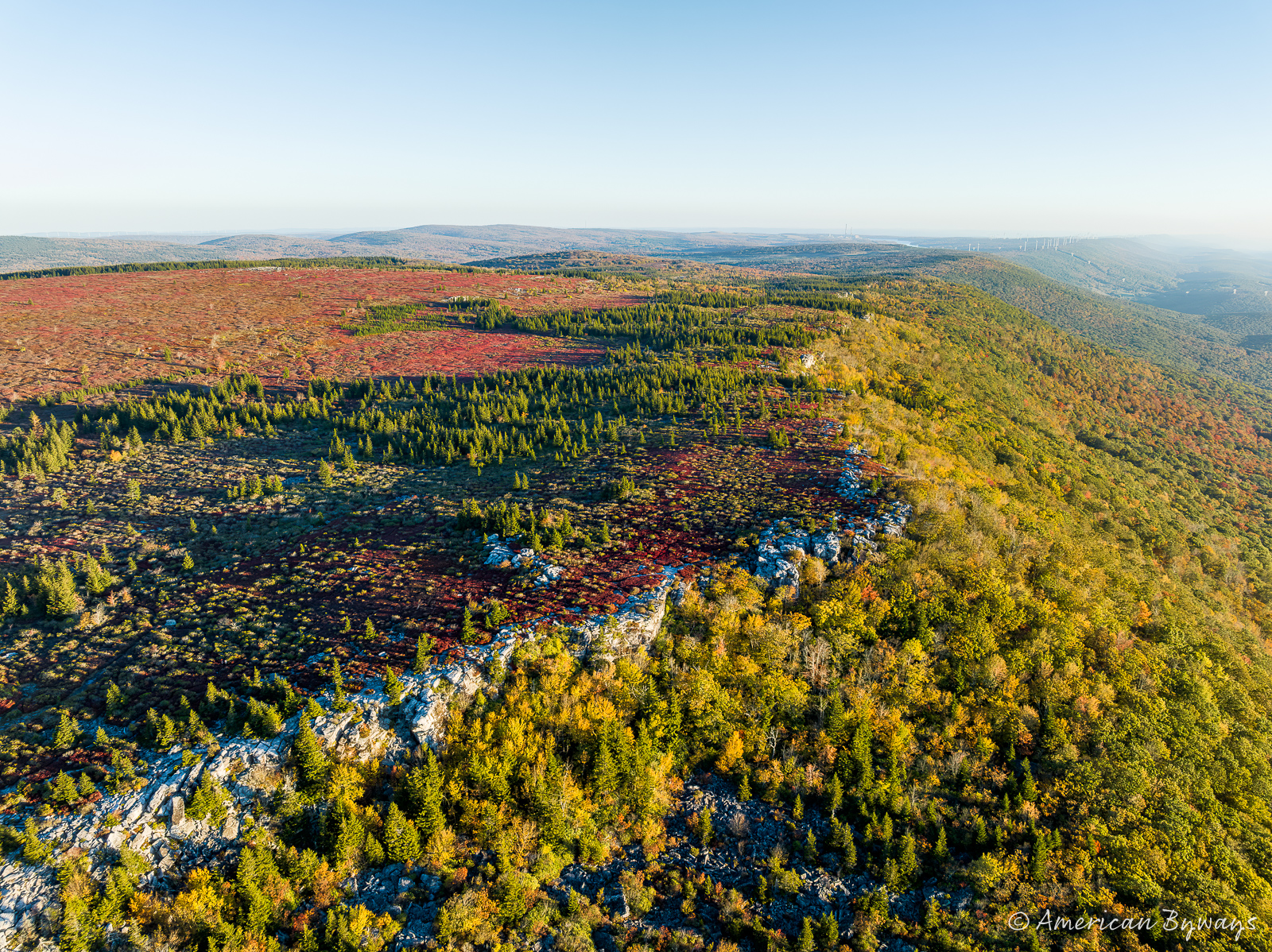
The Legacy of Mail Pouch Tobacco Barns: Icons of American Rural Landscape
In the bygone era of the late 19th and 20th centuries, the rolling landscapes of the Mid-Atlantic and Southeastern regions of the United States were punctuated by the striking presence of Mail Pouch Tobacco barns. These barns were not mere agricultural storage structures but were emblazoned with advertisements that echoed the times they belonged to, becoming iconic symbols of rural American culture.
Originating in the early 1890s, the Mail Pouch Tobacco barn advertising campaign was the brainchild of the Bloch Brothers Tobacco Company, which had its roots in Wheeling, West Virginia. With a simple yet impactful strategy, the company painted vivid and memorable advertisements on the sides of barns, often offering farmers compensation either through cash or free tobacco. Over time, these barns became a widespread visual motif for travelers and locals alike, synonymous with open roads, agricultural life, and the vast American rural landscape.
By the early 1960s, the Mail Pouch Tobacco barn phenomenon had reached its peak. Approximately 20,000 of these painted barns adorned highways and fields across 22 states, making them a staple of Americana. The barns bore testament to the success of the advertising strategy and the brand’s resonance with its audience.
However, like all things, the era of the Mail Pouch Tobacco barns came to an end. In 1992, amidst changing advertising landscapes and regulations, the advertising campaign officially ceased. But the story doesn’t end there. Despite the cessation of the advertising campaign, a surprising number of barn owners chose to preserve the painted advertisements. Whether out of a sense of nostalgia, respect for history, or simply an appreciation for the artistry, these barns remain as vestiges of a bygone era.
Today, they serve as monuments to a time when advertising merged seamlessly with the landscape, telling stories of commerce, community, and culture. For many, the sight of a Mail Pouch Tobacco barn triggers memories of road trips, family vacations, or simply the ever-changing tableau of life in rural America.


